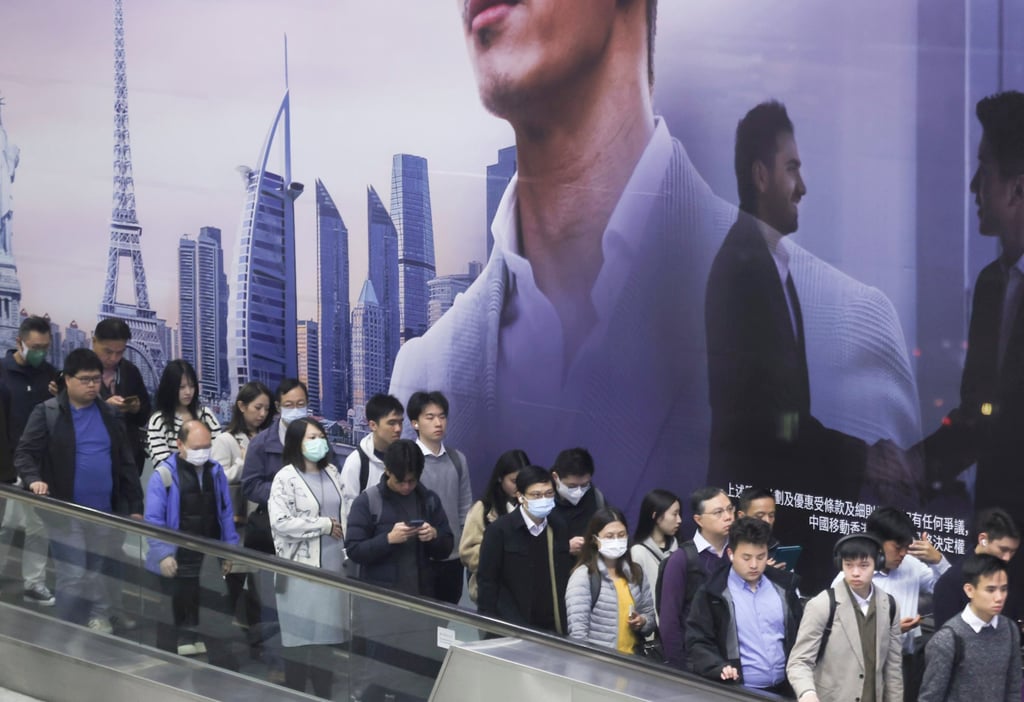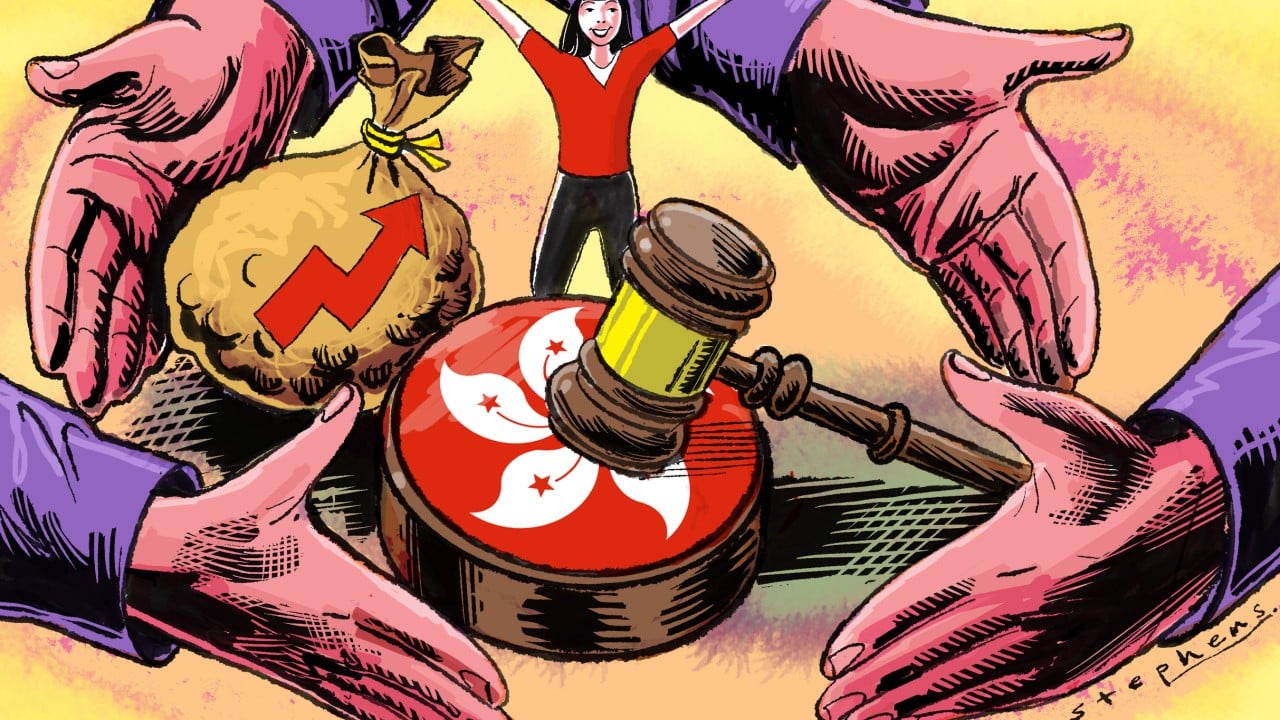Hong Kong is bouncing back, especially in finance, defying predictions of decline after the 2019 unrest and the 2020 national security law. The Hong Kong stock exchange has surged to the top of this year’s global rankings as the world’s largest initial public offering venue, with over 300 companies queuing up to list their shares.
Advertisement
This resurgence signals resilience, but it also ignites a deeper debate: what kind of Hong Kong is emerging?
Concern has swirled around the recent influx of mainland Chinese and whether their arrival will erode the city’s social fabric, hastening its slide into “just another Chinese city”. These worries surfaced vividly in my conversations with academics who hail from the mainland and foreign journalists revisiting after years away.
Such concerns, while understandable, are misplaced. The catalyst for this unease lies in the government’s post-2020 talent schemes to address the exodus of locals and foreign residents.
Since 2022, the government’s talent schemes have drawn extraordinary interest, as evidenced by the half a million applications, more than 330,000 approvals and over 220,000 arrivals, mostly from the mainland.

The impact is impossible to miss. Stroll through the financial centre of Central, and the crisp cadence of Mandarin arguably rivals Cantonese as the lingua franca, spilling beyond tourist traps into boardrooms and back alleys.

